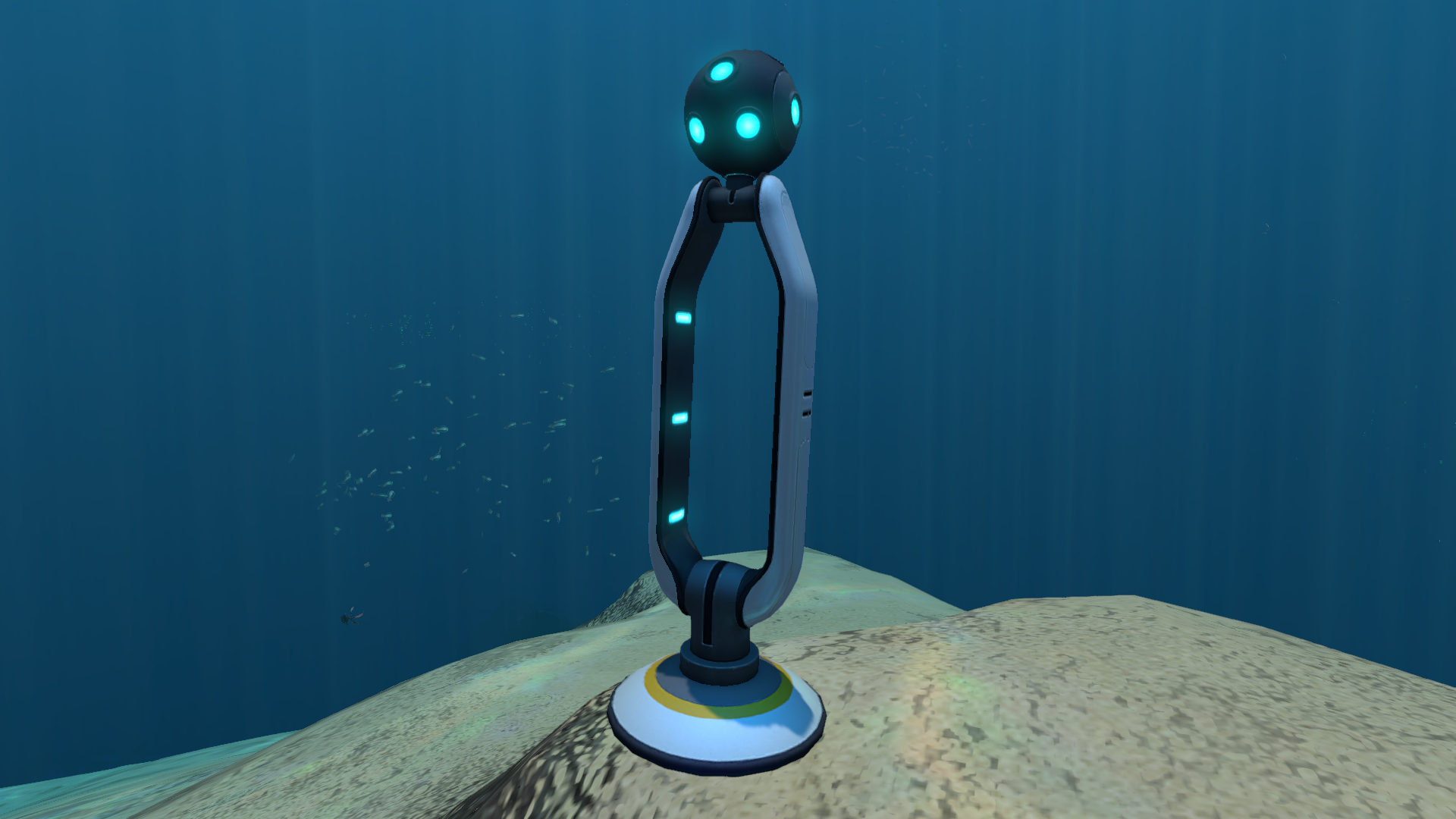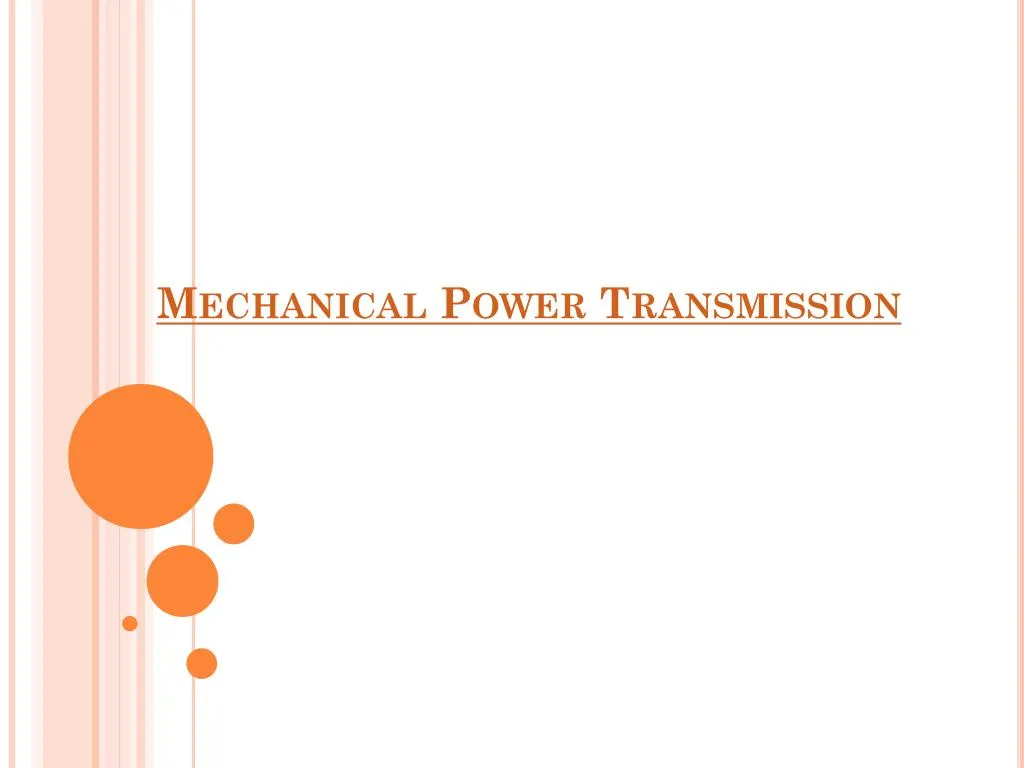- Transmitting Power Of Antenna
- Transmitting Power Wirelessly
- Transmitting Power Wifi
- What Is Mechanical Power Transmission
Michael Shu
December 9, 2011
In electromagnetics, an antenna's power gain or simply gain is a key performance number which combines the antenna's directivity and electrical efficiency.In a transmitting antenna, the gain describes how well the antenna converts input power into radio waves headed in a specified direction. In a receiving antenna, the gain describes how well the antenna converts radio waves arriving from a.
Submitted as coursework for PH240, Stanford University, Fall 2011
| Fig. 1: Laser energy used to power a model airplane with solar cells. Source: Wikimedia Commons (Courtesy of NASA). |


Introduction
- However, there is an interesting possibility of transmitting electrical energy without these cumbersome structures, by implementing wireless power transmission. Various methods of wireless energy transfer are being studied that may allow us to transmit large amounts of power over long distances without the need for a conducting connection.
- When the first electric power generation, transmission, and distribution systems were created in the 1870s and 1880s, electricity was generated locally in small power plants and distributed via.
- The transmitter power that would have to be applied to the isotropic antenna to radiate this much power is the EIRP. Effective radiated power (ERP), synonymous with equivalent radiated power, is an IEEE standardized definition of directional radio frequency (RF) power, such as that emitted by a.
After generating power at any power plant, it is necessary to transport the power to the places where it will be used. Currently, this is achieved largely through thick transmission lines, which require a lot of material and tall towers. However, there is an interesting possibility of transmitting electrical energy without these cumbersome structures, by implementing wireless power transmission. Various methods of wireless energy transfer are being studied that may allow us to transmit large amounts of power over long distances without the need for a conducting connection. Additionally, wireless transmission presents the possibility of sending and receiving power from space, which can have useful applications.
Microwave Power Transmission
One of the earliest demonstrations of wireless energy transfer was the use of microwave radiation to power a small helicopter in 1964. [1] This experiment contained the basic elements of microwave power transmission: a source of electromagnetic radiation, and a microwave receiver with a DC rectifier to transform the microwave energy into DC electrical power. Since then, efforts have been made to increase the efficiency, power, and range of microwave transmission.
The highest microwave-to-DC electrical energy conversion achieved was 84% in an experiment in 1975. [2] However, more practical systems with higher power output have had lower efficiencies. A team in Japan built a system consisting of a set of solar panels attached to a microwave transmitter, and a receiver which converts microwaves to a DC voltage. The transmitter was designed to track the receiver and automatically direct its microwave output toward the receiver. This system was able to achieve a conversion efficiency of over 75% with an output of 300 watts. [2] A next desired goal would be to achieve high efficiency energy transfer over long distances.
Laser Transmission

The laser method of energy transfer involves shining a laser beam onto a photovoltaic receiver. This requires the ability to precisely track the position of the receiver relative to the laser transmitter. The advantage of a laser is that its monochromaticity allows better control of the beam over long ranges, as well as a possibility to tune the photovoltaic receiver to the laser beam. Recent experiments using commercially obtainable laser sources have generated over 7.2 watts of photovoltaic output from a 70 watt laser beam (from which only 25 watts reached the receiver). This corresponds to a power density of 13.6 watts per square centimeter of receiver area, as well as a 28% optical-to-electrical conversion efficiency, which is promising for real applications if the experimental result can be scaled to larger systems. [3]
| Fig. 2: A schematic of the proposed solar power satellite. |

Solar Power Satellites
If an efficient method of wireless power transmission is developed, one possible application would be a solar power satellite. [2] This idea consists of having a satellite with solar panels orbiting the earth. The satellite generates electrical energy using its solar cells. This energy is converted into an electromagnetic wave and transmitted wirelessly to receivers on the earth. The receivers then convert the transmitted energy back into usable electrical power. Although the Japanese group mentioned above managed to achieve 75% efficiency for a 300 watt conversion using solar panels and microwave transmission, this is quite a long way from useful application. To demonstrate technical feasibility, researchers would first like to transmit kilowatts of power from a satellite in low-earth orbit. Additionally, a target 80% conversion efficiency is desired within both the trasmitter and the receiver. [2]
Since the satellite orbits above the atmosphere, it would be consistently collecting solar energy, as opposed to photovoltaic systems on earth which may be obstructed by weather conditions. Also, a single satellite could potentially provide power to many locations around the world by having multiple wireless power receivers linked to the satellite. Thus, the development of solar power satellites could consistently provide clean energy around the world. [2]
Conclusion
Transmitting Power Of Antenna
Wireless power transmission would have many interesting applications. Some of the applications involve simply powering devices or vehicles from a remote power source. However, the energy grid could be affected as well. If long distance, high efficiency wireless power transmission is possible, we could reduce our reliance on transmission lines to transfer energy over long distances. Moreover, wireless power transfer could allow an alternative source of clean energy by transmitting solar power from space back down to places where it is needed on earth. Further research into wireless transmission will show whether some of these plans are feasible.
© Michael Shu. The author grants permission to copy, distribute and display this work in unaltered form, with attribution to the author, for noncommercial purposes only. All other rights, including commercial rights, are reserved to the author.
References
Transmitting Power Wirelessly

[1] W. C. Brown, 'The History of Power Transmission by Radio Waves,' IEEE Trans. Microwave Theory and Techniques 32, 1230 (1984).
Transmitting Power Wifi
[2] H. Matsumoto, 'Research on Solar Power Satellites and Microwave Power Transmission in Japan,' IEEE Microwave Magazine, 3, No. 4, 36, 2002.
[3] D. E. Raible, D. Dinca and T. H. Nayfeh, 'Optical Frequency Optimization of a High Intensity Laser Power Beaming System Utilizing VMJ Photovoltaic Cells,' Space Optical Systems and Applications (ICSOS), 2011 Intl. Conf. (IEEE, 2011), p. 232.
What Is Mechanical Power Transmission
